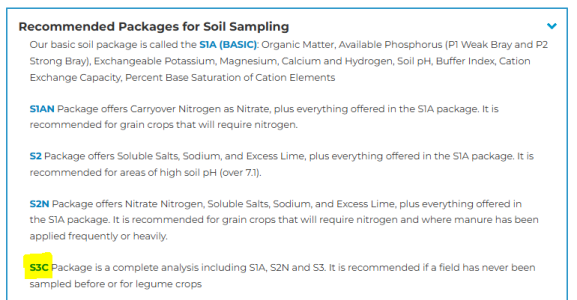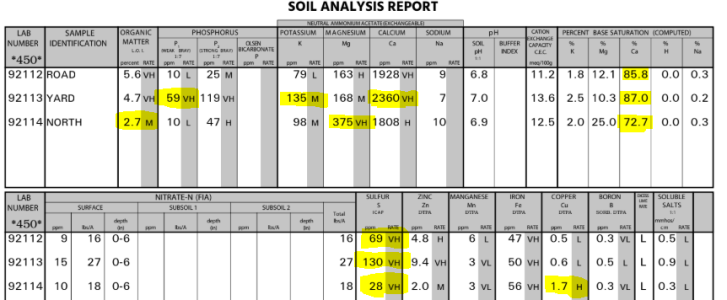Wind Gypsy
5 year old buck +
please excuse me if this isn’t wanted but I want to added that lime is different because of the various mfg processes that can lead to less or more potent forms of lime. If we are compared lb for lb the same CCE of each type of lime, we can reasonably say that the lb for lb difference and impact on soils will be negligible. However, if we were comparing a higher cce lime to a lower cce ag lime - than in that case one could make the argument for the pellet lime being more effective per lb basis.
This then would come down to partial size, reactivity of the lime put down, moisture in soil, etc.
So although i don’t think we could come up with a 10x difference- I do think the lime argument could be made for more dense, less volume, equal or better effectiveness - due to the varying options available for ph altering via CAO, Ca(oh)2, etc.
I don’t believe this to be the case for gypsum as the active ingredient is the same CaSO4.2H2O
Hope this is useful!!
I've only seen a couple Ag lime source test results but CCE seemed to vary at most around 20ish% but usually less IIRC. That's a far cry from 90%.


